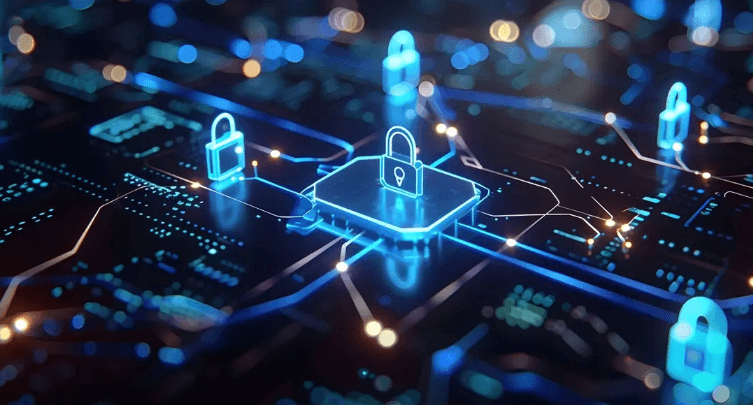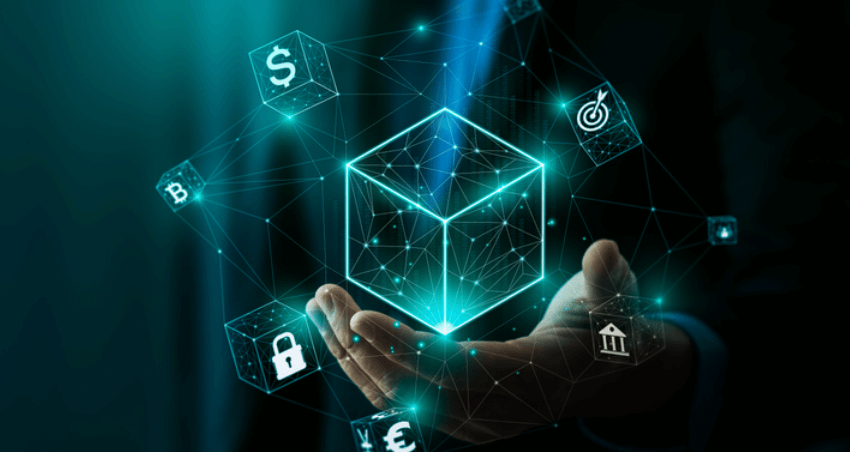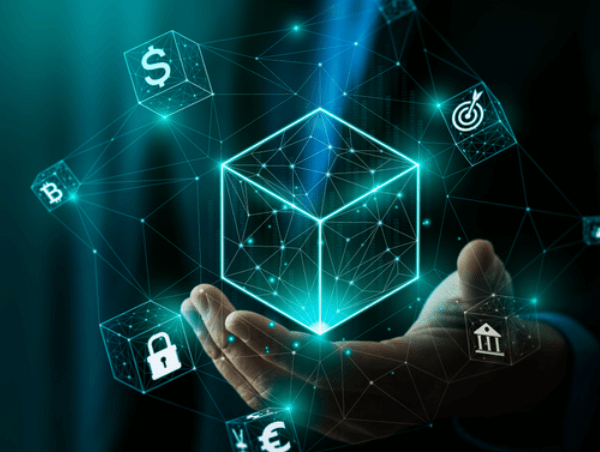Blockchain technology is poised to redefine the art industry by enhancing authenticity and provenance through secure digital certificates. This innovation not only mitigates forgery risks but also empowers artists to maintain control over their work and earnings. As these changes unfold, the dynamics of the art market are evolving, leading to new opportunities for collaboration and engagement. The implications of this shift are significant, prompting a closer examination of what the future holds for artists and collectors alike.
Enhancing Authenticity and Provenance
In the evolving landscape of the art industry, a significant number of stakeholders are increasingly recognizing the potential of blockchain technology to enhance authenticity and provenance.
Digital certificates, secured by decentralized ledgers, offer transparent verification of an artwork’s history. This innovative approach not only mitigates forgery risks but also empowers buyers and sellers, fostering trust and freedom within the marketplace.
Empowering Artists and Creators
Blockchain technology’s impact on the art industry extends beyond enhancing authenticity and provenance; it also plays a pivotal role in empowering artists and creators.
By enabling digital ownership, artists can retain control over their work, ensuring that creator royalties are automatically enforced through smart contracts.
This transformative approach not only secures financial rewards but also fosters a direct connection between artists and their audience.
See also: Why Blockchain Is Key to Improving Digital Trust
Transforming Art Market Dynamics
As the art industry evolves, the introduction of blockchain technology significantly alters market dynamics, fostering greater transparency and democratization.
This innovation reshapes art market trends by facilitating digital ownership, allowing artists and collectors to authenticate and trade artworks securely.
Consequently, blockchain empowers participants, reduces barriers to entry, and encourages a broader engagement in the art world, enhancing the freedom of expression and ownership.
Fostering Community and Collaboration
How can the art industry harness the power of blockchain to cultivate a sense of community and collaboration among artists, collectors, and enthusiasts?
By utilizing crowdfunding platforms, artists can secure financial backing directly from supporters, fostering deeper connections.
Additionally, virtual galleries enabled by blockchain technology can democratize access to art, allowing diverse voices to collaborate and engage, enriching the overall artistic ecosystem.
Conclusion
In summary, blockchain technology is poised to transform the art industry by enhancing authenticity, empowering artists, and reshaping market dynamics. Notably, a recent study revealed that nearly 70% of art buyers consider provenance verification essential when making purchases. This statistic underscores the growing importance of transparency and trust in the art world. As blockchain continues to democratize access and foster collaboration, it is likely to pave the way for a more equitable and innovative art ecosystem.










